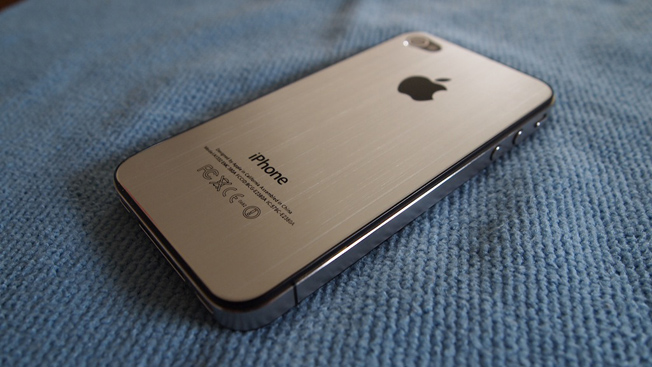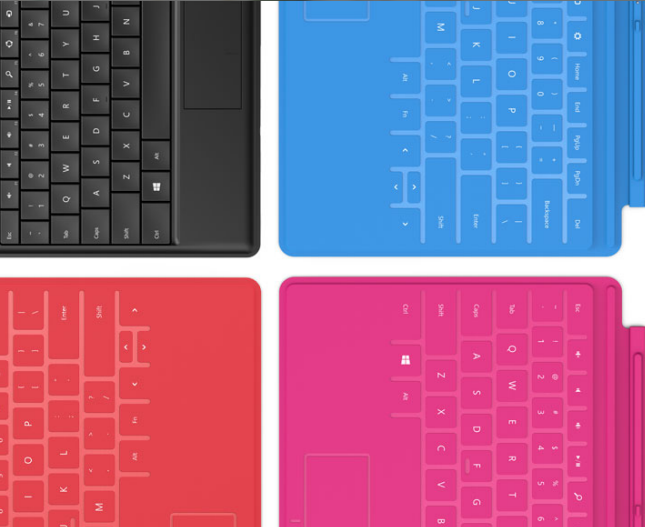Imagine a world where digital information isn’t confined to rectangular slabs in your hand or mounted on walls. A future where your everyday environment itself is alive with dynamic displays, subtly integrated into the very fabric of buildings, vehicles, and even personal items. Sounds like science fiction, right? Well, the incredible leaps being made in transparent electronics are rapidly turning that sci-fi dream into a potential reality. We’re talking about a paradigm shift, moving beyond screens on surfaces to surfaces as screens.
This mind-bending concept allows for what feels like truly invisible technology, embedding interactive displays into things you’d never expect. Think about it: your living room window could become a high-definition TV screen, your car’s windshield could display live navigation and vital stats without obstructing your view, and perhaps one day, even tiny lenses could overlay digital information directly onto your vision.
Curious to get a quick visual taste of this future? We put together a short peek into the world of transparent electronics. Check it out here:
The implications stretch far beyond mere novelty. This isn’t just about flashier gadgets; it’s about a fundamental change in how we interact with technology and information. It promises a future where the digital realm is seamlessly woven into our physical surroundings, enhancing everything from daily commutes and shopping experiences to complex tasks like surgery or industrial maintenance.
Table of Contents
What Exactly Are Transparent Electronics?
At its core, transparent electronics involves creating electronic components and circuits using materials that are largely see-through to the human eye. This includes transistors, conductors, and even light-emitting elements that allow light to pass through them, rendering the final electronic device, such as a display or a sensor, virtually invisible when not in use, or capable of showing information while allowing you to see through it.
Traditional electronics rely heavily on opaque materials like silicon and metals deposited on non-transparent substrates like glass or plastic. Transparent electronics requires a new class of materials and fabrication techniques. Key components include:
- Transparent Conductors: Materials like Indium Tin Oxide (ITO) have been used for years (think touchscreens), but researchers are exploring alternatives like silver nanowires, carbon nanotubes, graphene, and transparent conductive polymers, which offer better flexibility and conductivity while maintaining transparency.
- Transparent Semiconductors: Oxides like Indium Gallium Zinc Oxide (IGZO) and Zinc Oxide (ZnO) are crucial for building transparent transistors and other active components.
- Transparent Dielectrics and Insulators: These are needed to separate conductive layers and build functional circuits without blocking light.
- Transparent Emitting/Sensing Layers: For displays, transparent organic light-emitting diodes (OLEDs) or quantum dots are being developed. For sensors, transparent photodetectors are key.
These materials are typically deposited in thin films onto transparent substrates like glass or flexible plastic using advanced manufacturing processes.
Turning the World into a Display: Applications Abound
The concept of screens everywhere unlocks a wealth of potential applications across numerous sectors:
Smart Windows and Architectural Integration
Imagine building facades or apartment windows that can display information, advertisements, or even change their opacity for privacy or energy saving. Transparent displays embedded in windows could show news updates, weather, or function as a virtual blind or shade. In retail, interactive shop windows could display product information, promotions, or even allow browsing and purchasing after hours.
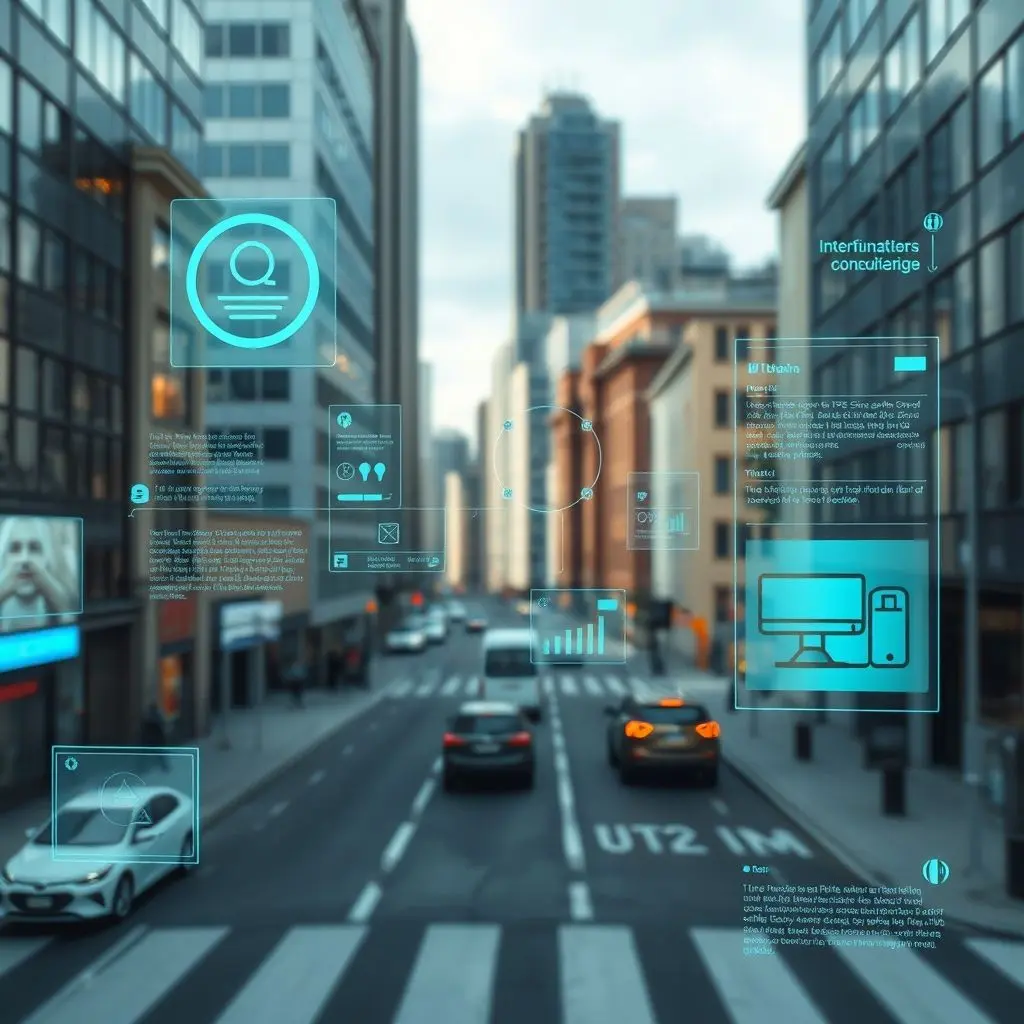
Automotive Innovations
Transparent displays in car windshields are already moving from concept to reality with Head-Up Displays (HUDs). Transparent electronics could take this further, turning the entire windshield or side windows into displays for navigation, speed, alerts, and infotainment, all while maintaining full visibility of the road. This could significantly improve safety and driver experience.
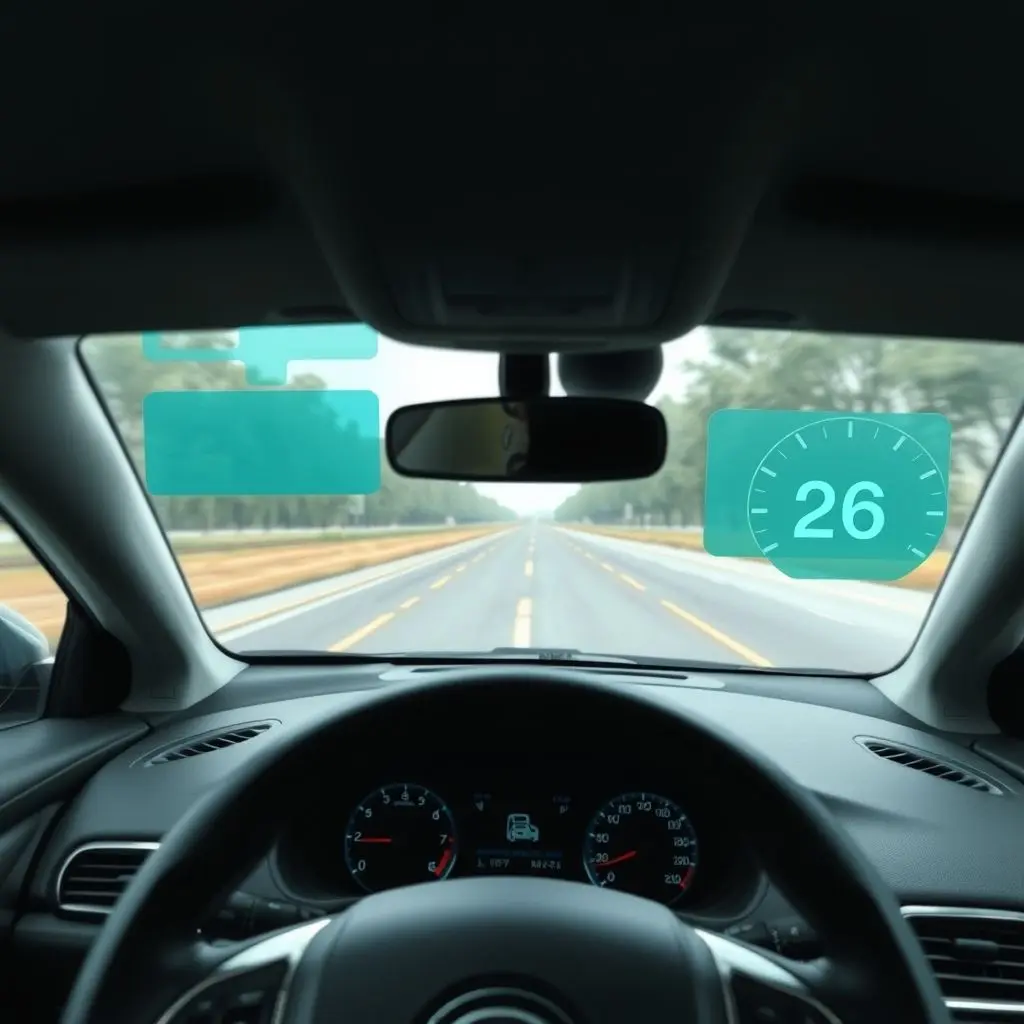
Augmented Reality (AR) Enhancements
Transparent displays are fundamental to creating truly immersive and non-intrusive AR experiences. Smart glasses with transparent lenses can overlay digital information onto the real world. Further into the future, researchers are even exploring transparent electronic components for smart contact lenses that could potentially offer AR directly on the eye, though this technology faces significant miniaturization and safety challenges.
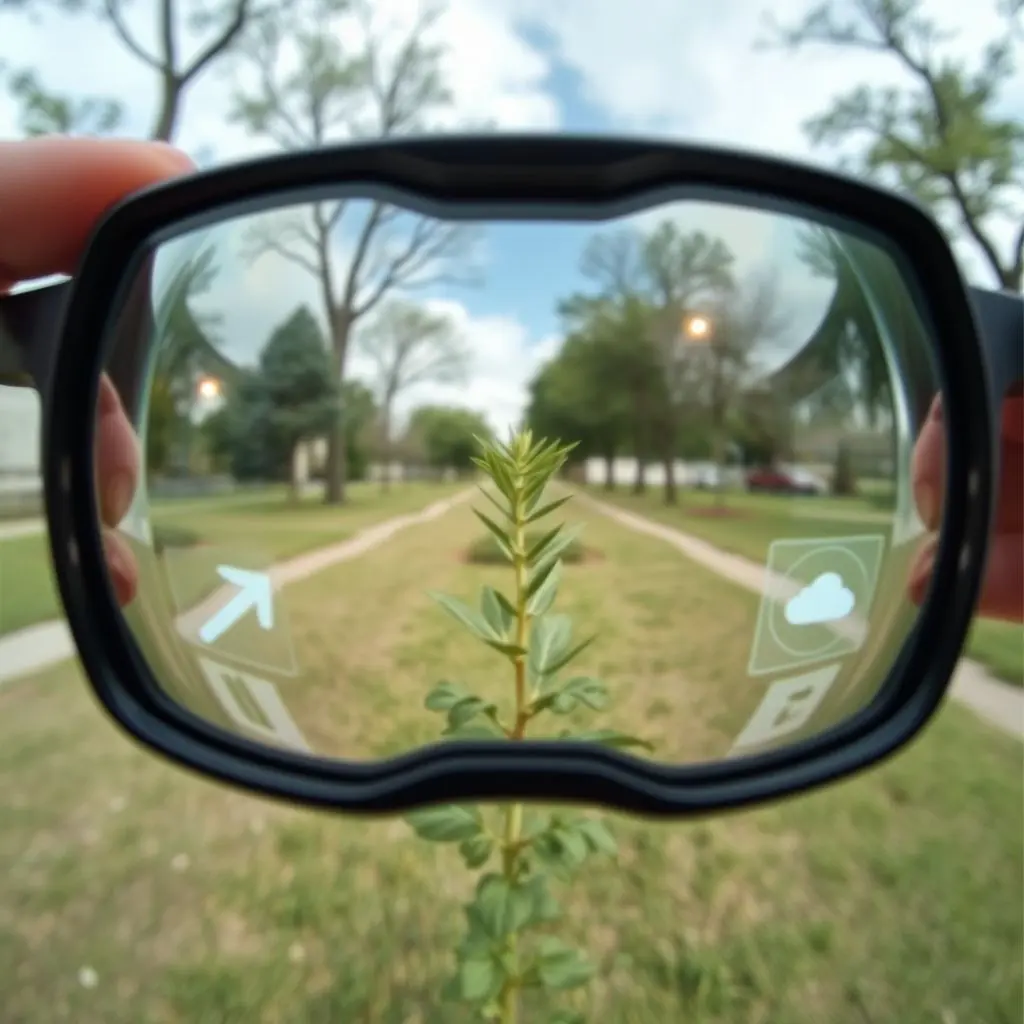
Interactive Retail and Advertising
Store shelves, display cases, and even product packaging could incorporate transparent displays to show dynamic pricing, product details, videos, or interactive content, enhancing the shopping experience and providing valuable data to retailers.
Appliances and Smart Home Integration
Kitchen appliances could feature transparent panels that show recipes, cooking timers, or internal status without needing bulky, opaque screens, maintaining a sleek aesthetic. Mirrors could become smart displays, showing news or weather while you get ready.
Medical and Industrial Applications
In surgery, transparent displays could overlay patient data, imaging, or surgical guides onto the surgeon’s view. In manufacturing or logistics, workers could use transparent display goggles to see instructions or inventory details overlaid onto the physical items they are handling.
The Roadblocks and the Horizon
While the potential is vast, several challenges need to be addressed before transparent electronics become ubiquitous:
- Cost: Many of the advanced transparent conductive and semiconducting materials are currently expensive to produce on a large scale.
- Performance: Achieving high transparency often comes at the expense of electronic performance (e.g., conductivity, transistor speed) compared to traditional opaque materials. Brightness and visibility of displays in varying light conditions (especially bright sunlight) are also hurdles.
- Durability and Lifespan: Ensuring that these transparent components and displays are robust, flexible (where needed), and have a long operational lifespan is crucial.
- Integration: Seamlessly integrating these electronics into existing structures and manufacturing processes for windows, vehicles, and other items requires significant engineering effort.
Despite these challenges, research and development are progressing rapidly. New materials are being discovered and refined, and manufacturing techniques are becoming more sophisticated. As costs decrease and performance improves, the vision of a world saturated with invisible, dynamic displays becomes increasingly achievable.
Frequently Asked Questions About Transparent Electronics
Q: Are transparent displays already available?
A: Yes, basic forms like transparent OLED displays exist and are used in niche applications like retail coolers or exhibition displays. Transparent Head-Up Displays (HUDs) in cars are also a form of this technology. However, widespread, large-scale integration into architectural windows or entire vehicle surfaces is still in development.
Q: How transparent can these electronics really be?
A: The goal is typically high transparency (e.g., 70-85% or more), similar to a clear pane of glass, when the display is off or showing minimal information. Achieving perfect 100% transparency while maintaining electronic functionality is extremely difficult, but significant progress is being made to minimize light absorption and scattering.
Q: Will these screens consume a lot of power?
A: Power consumption is a key area of research. OLEDs are generally more power-efficient than traditional LCDs. For large-scale applications like smart windows, power management will be critical, perhaps utilizing technologies like transparent solar cells integrated into the display layers to help power them, though transparent solar cell efficiency is currently much lower than opaque ones.
Q: What are the safety implications of screens on car windshields?
A: Safety is paramount. Automotive HUDs are designed to minimize distraction by projecting information within the driver’s field of view but focused at a distance. Future full-windshield displays would need rigorous testing and regulation to ensure they enhance safety through features like augmented navigation overlays or hazard warnings, rather than becoming a distraction.
Looking Through to Tomorrow
The journey into a world of transparent electronics is just beginning. It’s a field ripe with innovation, pushing the boundaries of material science, manufacturing, and design. As researchers continue to refine the core technologies and find creative solutions to the challenges, we’re likely to see these once-futuristic concepts migrate into our daily lives. The distinction between our digital tools and our physical environment will blur, leading to experiences that feel less like using a device and more like interacting directly with a digitally enhanced reality. The future, it seems, is rapidly becoming crystal clear.

